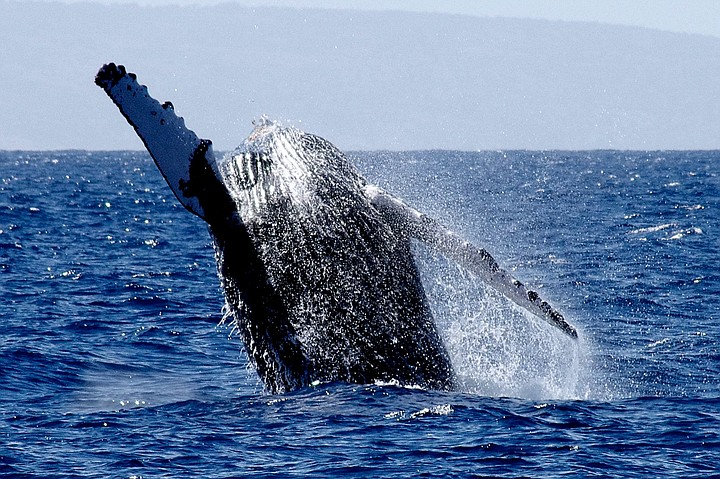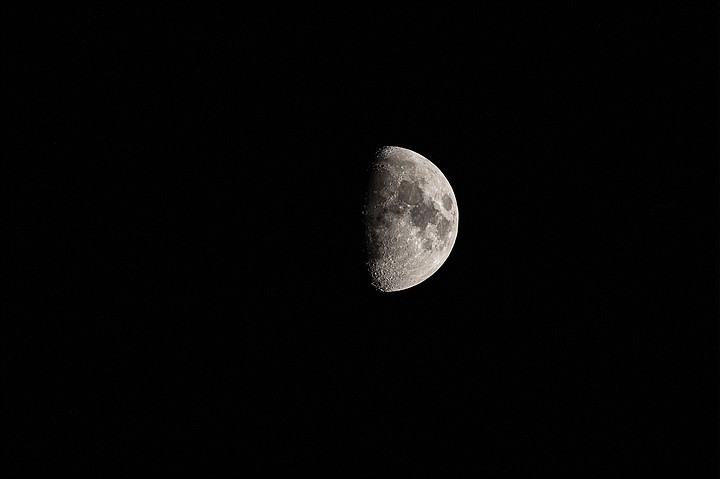 Facebook
Facebook
 X
X
 Instagram
Instagram
 TikTok
TikTok
 Youtube
Youtube

Shorebird-Watching enters its most agreeable season this month and next, with migrant and resident birds sharing common winter grounds. Egrets, herons, terns, and a variety of other species provide endless entertainment as they go about the business of fishing and feeding in San Diego County’s coastal wetlands. Publicly accessible wetlands include the following (listed north to south): San Luis Rey River mouth, Buena Vista Lagoon, Agua Hedionda Lagoon, Batiquitos Lagoon, San Elijo Lagoon, San Dieguito Lagoon, Los Peñasquitos Lagoon, San Diego River flood channel (south of Sea World Drive), Sweetwater River marsh, southwest San Diego Bay, and Tijuana River Estuary. Many of the same birds can also be seen on the shores of inland reservoirs such as Lake Murray and Lake Miramar.

Gray Whale Migration off San Diego County’s coast peaks from now until February. The best view spots from land are high points close to the surf. Aside from the whale watching overlook at Cabrillo National Monument, try Sunset Cliffs, the pocket parks and dead-end streets from Pacific Beach to Scripps Park in La Jolla, various ocean overlooks on the trail system at Torrey Pines State Reserve, the cliffs opposite Carmel Valley Road south of Del Mar, overlooks opposite Lomas Santa Fe Drive in Solana Beach, and various cliff-top view points and beach access stairways in Encinitas and Leucadia. Scan the ocean a few hundred yards to a couple of miles out using high-power binoculars. Best times for viewing are about 9 am to noon.

First-quarter Moon (exact at 8:21 p.m. EST). As twilight descends with the Moon high in the south, you'll soon see Jupiter a few degrees to the Moon's right (for North America). As evening proceeds, they sink toward the west and Jupiter tilts downward to shine to the Moon's lower right. Since the Moon is at first quarter, Jupiter near it must be about at quadrature. Why? The words quarter and quadrature hold the clue. Both word-roots mean 1/4. The Moon and Jupiter are both about a quarter of the way around the ecliptic (90°) from the Sun. When Jupiter is at quadrature, its eastern and western limbs are illuminated as differently as you'll ever see them. The west side is currently brighter, since it faces a little more directly to the Sun, and the east limb is a little shadier. Jupiter in a telescope is so bright to the eye that the difference isn't very striking, due to overexposure. But you often see this effect plainly in photos, such as the one farther down this page.
The above comes from the Outdoors listings in the Reader compiled by Jerry Schad, author of Afoot & Afield in San Diego County. Schad died in 2011. Planet information from SkyandTelescope.org.


Shorebird-Watching enters its most agreeable season this month and next, with migrant and resident birds sharing common winter grounds. Egrets, herons, terns, and a variety of other species provide endless entertainment as they go about the business of fishing and feeding in San Diego County’s coastal wetlands. Publicly accessible wetlands include the following (listed north to south): San Luis Rey River mouth, Buena Vista Lagoon, Agua Hedionda Lagoon, Batiquitos Lagoon, San Elijo Lagoon, San Dieguito Lagoon, Los Peñasquitos Lagoon, San Diego River flood channel (south of Sea World Drive), Sweetwater River marsh, southwest San Diego Bay, and Tijuana River Estuary. Many of the same birds can also be seen on the shores of inland reservoirs such as Lake Murray and Lake Miramar.

Gray Whale Migration off San Diego County’s coast peaks from now until February. The best view spots from land are high points close to the surf. Aside from the whale watching overlook at Cabrillo National Monument, try Sunset Cliffs, the pocket parks and dead-end streets from Pacific Beach to Scripps Park in La Jolla, various ocean overlooks on the trail system at Torrey Pines State Reserve, the cliffs opposite Carmel Valley Road south of Del Mar, overlooks opposite Lomas Santa Fe Drive in Solana Beach, and various cliff-top view points and beach access stairways in Encinitas and Leucadia. Scan the ocean a few hundred yards to a couple of miles out using high-power binoculars. Best times for viewing are about 9 am to noon.

First-quarter Moon (exact at 8:21 p.m. EST). As twilight descends with the Moon high in the south, you'll soon see Jupiter a few degrees to the Moon's right (for North America). As evening proceeds, they sink toward the west and Jupiter tilts downward to shine to the Moon's lower right. Since the Moon is at first quarter, Jupiter near it must be about at quadrature. Why? The words quarter and quadrature hold the clue. Both word-roots mean 1/4. The Moon and Jupiter are both about a quarter of the way around the ecliptic (90°) from the Sun. When Jupiter is at quadrature, its eastern and western limbs are illuminated as differently as you'll ever see them. The west side is currently brighter, since it faces a little more directly to the Sun, and the east limb is a little shadier. Jupiter in a telescope is so bright to the eye that the difference isn't very striking, due to overexposure. But you often see this effect plainly in photos, such as the one farther down this page.
The above comes from the Outdoors listings in the Reader compiled by Jerry Schad, author of Afoot & Afield in San Diego County. Schad died in 2011. Planet information from SkyandTelescope.org.
Comments